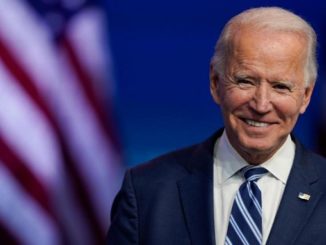
Oil rose as investors weighed whether output cuts being discussed by the world’s top producers will be enough to offset the demand destruction wrought by the coronavirus, Bloomberg reported.
Futures in New York climbed around 3% toward $25 a barrel. Saudi Arabia and Russia are hammering out an agreement that a delegate said will reduce global output by about 10 million barrels a day.
That compares with OPEC’s estimate for demand to fall by 11.9 million barrels a day this quarter. Meanwhile, India — the world’s third biggest oil consumer — is set to snap up millions of barrels of Middle East crude for its strategic reserves to take advantage of low prices, according to officials with knowledge of the matter.
Despite the higher oil prices in the futures market, physical ones continue to fall as refineries cut the amount of crude they process and purchase. North American landlocked crudes are fetching lower and lower prices.
In Canada, oil from Alberta is now worth just $3.92 a barrel, while crude in the U.S. Bakken region is back beneath $10. For oil companies, what matters is the price on the physical market. And policy makers are warning more pain is coming for them. Alberta Premier Jason Kenney on Tuesday warned there was a “very real possibility” of negative prices.
Some form of cooperation from the U.S., the world’s biggest producer, will be required for a coordinated OPEC++ production cut, according to delegates involved in the talks, Bloomberg informed.
However, a drop in America’s crude output forecast released Tuesday could be enough to satisfy Riyadh and Moscow. The Energy Information Administration said it expects production to average 11.76 million barrels a day.




Be the first to comment